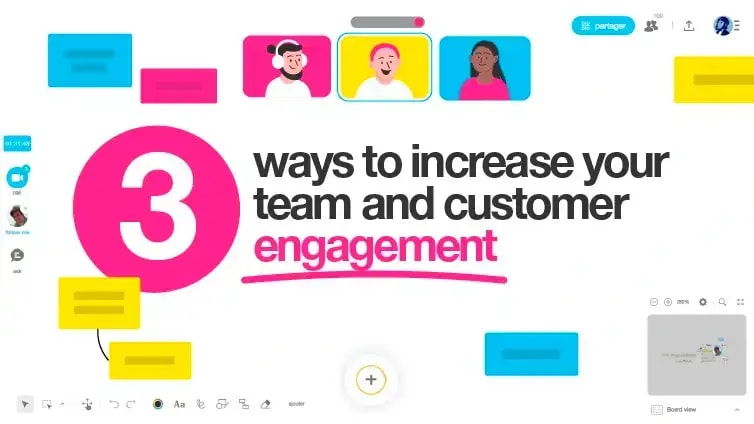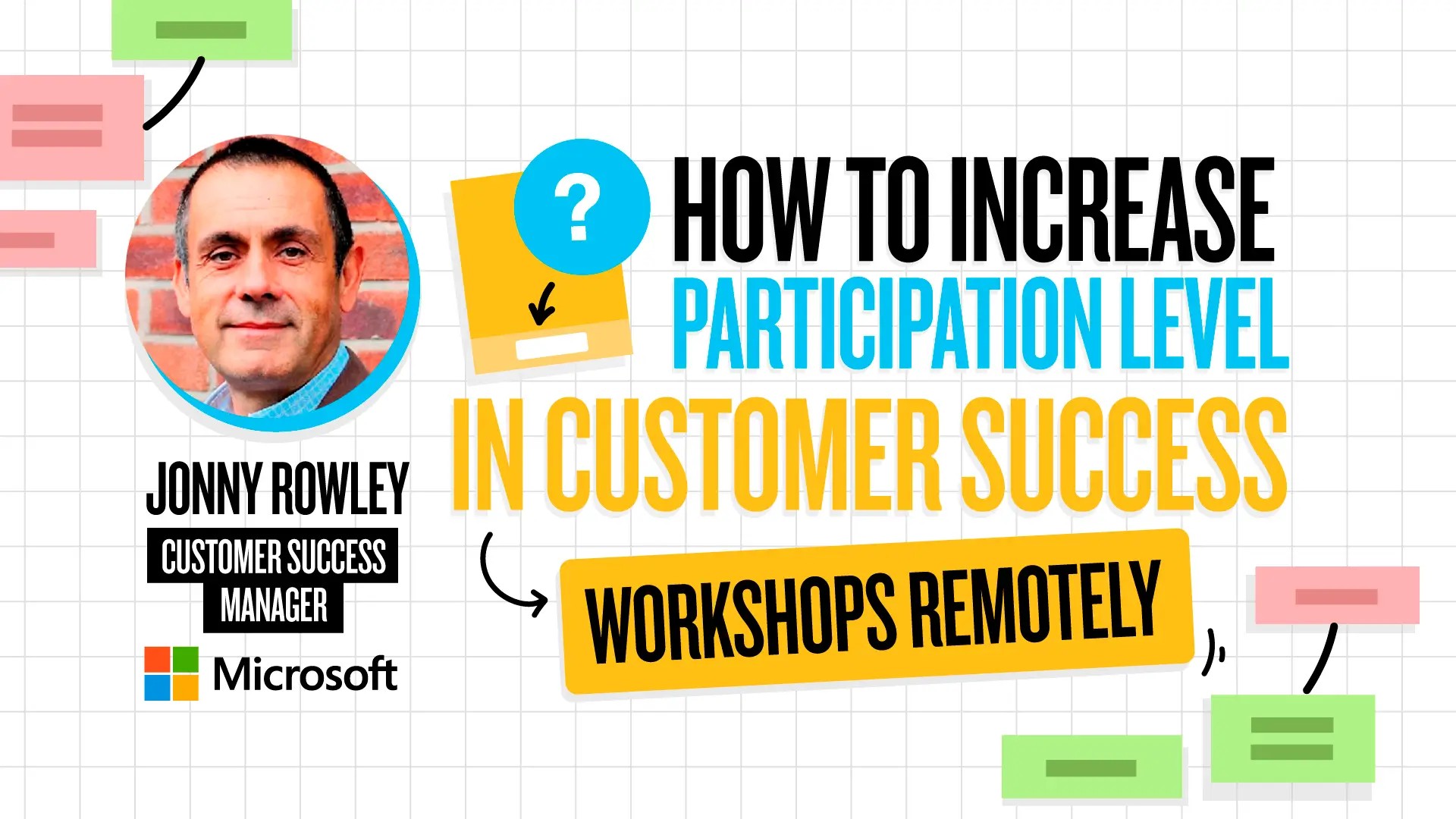5 strategies to boost customer engagement in your next marketing campaign
Executive summary:
According to Business Dasher, fully engaged customers spend 23% more over their lifetime than the average buyer. Yet many brands chase metrics such as clicks, likes, and impressions without asking the real question: Are we building relationships or just collecting numbers?
True engagement goes beyond surface-level interactions. It is about creating experiences that make customers feel seen, heard, and valued. The most effective strategies include:
- Personalization at scale: Nobody likes to feel like just another name on a list. Customers want to be seen, understood, and spoken to like real people, not data points in a spreadsheet. Whether it is a tailored product recommendation or an email that feels like it was written just for them, personalization turns one-time buyers into lifelong customers.
- Interactive content: Think about the last time you got hooked on an online quiz or voted in a poll. It probably was not because you had to. It was because it was fun, quick, and engaging. That is exactly why interactive content works. Instead of passively consuming information, customers become part of the experience.
- Omnichannel engagement: Ever started a conversation with a brand on social media, only to be completely lost when you switched to email or live chat? Frustrating, right? Customers expect a seamless experience no matter where they interact with you.
- Project-based campaigns: A great campaign is not something you launch and forget. It is something you refine, evaluate, and improve over time. Think of engagement as an ongoing project rather than a one-time push. By setting clear objectives, gathering feedback, and making adjustments along the way, brands can build strategies that evolve with their audience’s needs.
- Data-driven decisions: Gut feelings might work for picking a restaurant, but they will not cut it in marketing. The smartest brands do not guess what is working. They measure it. By tracking engagement in real time, you can see what resonates and what falls flat, then adjust accordingly.


